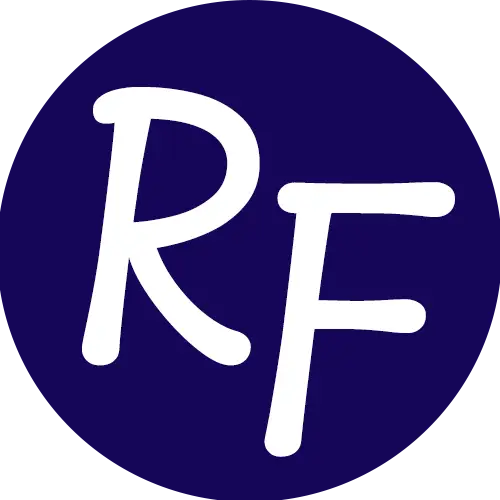Picture James, a regional manager sitting at his desk late one evening, staring at a proposal that would revolutionize his team’s operations. The numbers look fantastic, but something doesn’t feel quite right. Like many leaders, James realizes that business decisions aren’t just about profitability. They’re about people, principles, and long-term impact. This is where ethical leadership frameworks become invaluable tools for navigating complex choices.
The Power of Multiple Perspectives
Leadership decision making has evolved beyond simple profit and loss statements. Today’s most effective leaders understand that looking at challenges through multiple lenses isn’t just good ethics. It’s good business. Think of these ethical lenses like different pairs of glasses. Each one brings certain aspects of a situation into sharper focus, revealing details we might otherwise miss.
But here’s what many leaders don’t realize: our natural instincts often lead us to view situations through our most comfortable lens, potentially missing crucial aspects of complex decisions. This is where systematic business decision analysis becomes a game-changer.
Understanding the Three Lenses of Essential Ethical Leadership Frameworks
Let’s explore each perspective, using real examples that bring these concepts to life.
The Utilitarian Lens focuses on creating the greatest good for the greatest number. Imagine you’re choosing a new office location. Through this lens, you’d consider commute times for all employees, environmental impact, and community benefits. One tech company used this lens to realize their planned headquarters relocation would actually create more total harm than good, leading them to create satellite offices instead.
The Rights-Based Lens examines individual dignity and fundamental rights. When a healthcare company considered implementing monitoring software for remote workers, this lens revealed potential privacy violations they hadn’t considered. By respecting individual rights, they developed a more balanced approach focused on outcomes rather than surveillance.
The Justice and Fairness Lens ensures equitable distribution of benefits and burdens. A retail chain examining their promotion practices through this lens discovered unintended barriers for part-time workers, leading to a more inclusive advancement system.
The Chain Store Automation Story
Let’s dive into a real-world example that showcases the power of comprehensive stakeholder impact analysis. National Chain X (we’ll call them NCX) faced a pivotal decision about implementing automated checkout systems across their 2,000 stores. Initially, their business decision analysis focused primarily on efficiency gains and cost savings.
Through the Utilitarian Lens, the decision seemed straightforward. The automation would reduce costs, potentially leading to lower prices for customers. The technology would speed up checkout times and reduce errors. The numbers showed clear benefits for the majority of stakeholders.
However, when viewed through the Rights-Based Lens, important considerations emerged. Long-term employees had a reasonable expectation of job security. The company had made implicit promises to their workforce about career development and advancement opportunities.
The Justice and Fairness Lens revealed even more complexity. The automation would disproportionately impact vulnerable workers with limited alternative employment options. Many stores served as crucial employers in small communities.
By combining these perspectives, NCX developed an innovative solution. They implemented automation gradually, while simultaneously creating a comprehensive retraining program. Cashiers were offered paths to become customer experience specialists, technology support staff, or inventory management experts. The company invested in educational partnerships with local community colleges, creating new career pathways for their workforce.
The result? NCX achieved their efficiency goals while maintaining community trust and supporting their employees’ dignity and growth. This comprehensive approach to leadership perspective taking transformed a potential crisis into an opportunity for positive change.
Bringing It All Together
Think of ethical leadership frameworks as maps for complex terrain. Just as you wouldn’t navigate challenging territory with only one type of map, you shouldn’t approach difficult decisions with only one perspective. The magic happens when these views complement each other, revealing a fuller picture of the situation at hand.
Consider trying this approach with your next significant decision:
- Start with the facts, gathering data from multiple sources
- Apply each lens systematically, documenting insights
- Look for areas where perspectives conflict
- Seek creative solutions that address concerns from all angles
Making It Work in Practice
The best ethical analysis doesn’t happen in isolation. Involve key stakeholders early in the process. Create space for different viewpoints. Remember that ethical leadership isn’t about finding perfect solutions. It’s about making well-reasoned decisions that consider multiple perspectives and potential impacts.
Ready to transform your leadership decision making? Download our comprehensive ethical analysis framework. This practical tool will help you apply these three lenses to your own challenges, leading to more balanced and effective decisions.
Remember: In today’s complex business environment, the ability to view decisions through multiple ethical lenses isn’t just a nice-to-have skill. It’s a crucial component of effective leadership. Your stakeholders, team members, and community will thank you for taking the time to consider all perspectives before making important decisions.





